Skin pressure sores and ulcers remain a common problem for patients in all types of care settings. This can largely affect the quality of life for patients in your care home. The worse this problem gets, the more expensive the cost burden becomes. A study in 2012 found that the cost of treating individuals with more severe cases can range from £11,000 to a shocking £40,000!
What is a pressure ulcer?
A pressure ulcer is defined by the European Pressure Ulcer Advisory Panel as a “localised injury to the chin and on underlying tissue usually over a bony prominence, as a result of pressure or pressure in combination with shear”. (EUAP)
Who is affected?
Pressure ulcers and pressure wounds can affect patients of all ages, however are more common in people with an underlying health condition. People over 70 years old are particularly vulnerable to pressure ulcers, as they are more likely to have mobility problems and ageing skin.
Approximately 4-10% of patients cared for in hospital will develop pressure damage (National Institute for Health and Care Excellence, 2005). It is estimated that up to 20% of these may occur in a patient’s own home or in a care home setting.
A wise approach to combat this common problem is therefore to prevent pressure sores and ulcers from occurring and working hard to stop the problem from becoming severe.
Medication and guidance from dieticians are obvious methods you can use to help patients with pressure care. However, a cost efficient and effective way you can be proactive to the problem is to pay close attention to the type of mattress your patients are sleeping on. For patients at very high risk of pressure injury development, a mattress designed for assisting the healing of pressure sores can rapidly prevent the problem from worsening.
We have collected information from case studies which document the healing of patients’ pressure sores during their use of dynamic mattress replacement systems. The following evaluations sought to determine the impact of these mattresses on pressure care, providing photographic evidence of the improvement. Both of the following studies were initially carried out and recorded by Maria A Hughes, a Tissue Viability Lead Specialist Nurse.
Case Study 1) Clinical Evaluation of Argyll II™ Dynamic Replacement Mattress
https://www.countrywidehealthcare.co.uk/media/catalog/product/e/d/ed-4052-argyll-2-dynamic-mattress-replacement-system-with-digital-pump-each.jpg
Background
In July 2016, a frail lady with multiple co-morbidities was discovered to have a grade 4 pressure ulcer to the sacrum. The patient was immobile and had a medical history of a Cerebral Vascular Accident, Rheumatoid arthritis, Parkinson’s disease, Renal impairment and Double incontinence. The patient was nursed at the time on an air mattress supplied by the nursing home local to her. This mattress, she found to be uncomfortable and was tending to “dip” into the cells.
On 20th July 2016, the patient was provided with an Argyll II replacement mattress from Herida Healthcare to speed up her recovery process. The mattress is specially designed for patients who have existing and potentially severe pressure damage.
The patient was regularly provided with Methatrexate. Full holistic assessment including a comprehensive wound assessment was completed, and her needs were addressed with dietician involvement along with suitable continence aids and repositioning 2-3 times hourly.
The patient’s healing was expected to be very slow due to overall condition, comorbidities and medication.
The image below shows the patient’s pressure wound on the first visit, on 20th July 2016.
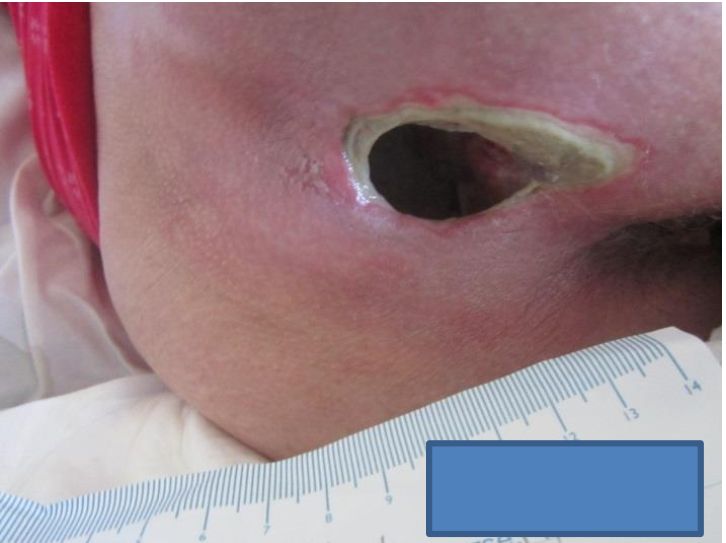
Results
A second visit to the patient was carried out on 14th December 2016. As the image below shows, the ulcer appeared to have rapidly decreased in size in the 5 months since the first visit.
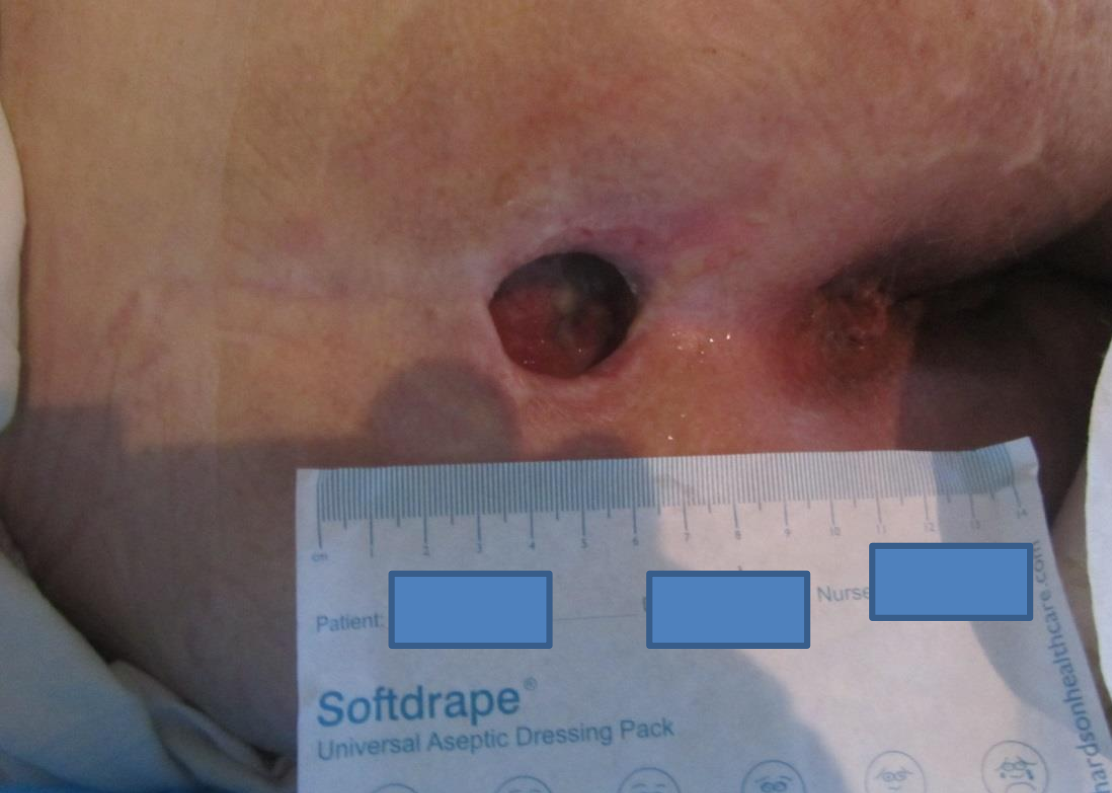
On 28th February 2017, a final visit was made to track the patient’s progress, and the pressure ulcer was found to have halved in size. The vast improvement of the wound is evident in the image below.
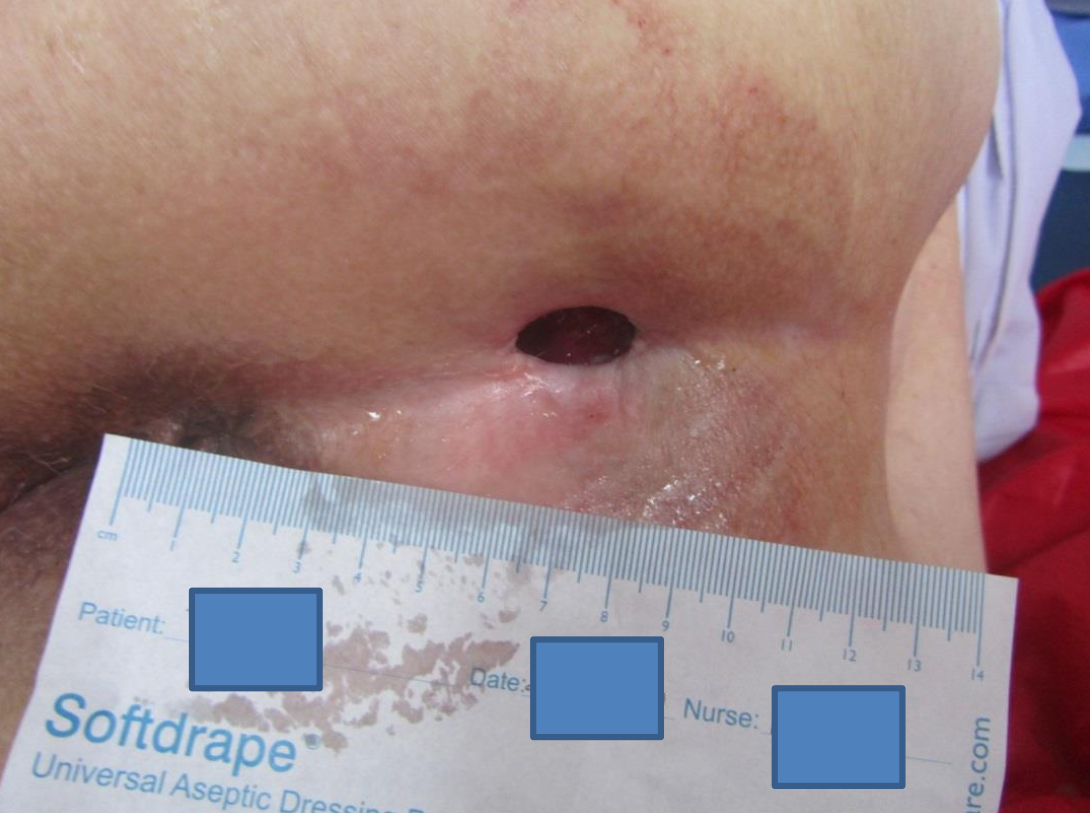
“Comfortable and Quiet”
The patient reported that the mattress was comfortable and the staff in the care home reported ease of use and described the mattress as “easy to clean”.
The pump was also reported by the patient as being “quiet” and unnoticeable, causing no disruption to the patient or anyone in her surroundings.
Case Study 2) Dynamic Clinical Case Study of Lothian II Mattress
https://www.countrywidehealthcare.co.uk/media/catalog/product/e/d/ed-4030-lothian-full-replacement-dynamic-mattress-system-with-digital-pump-high-to-very-high-risk-each.jpg
Background
Our second case study follows a 90 days long evaluation carried out on a 74 year old lady with Initial Grade 3 (EPUAP) pressure ulcer to the sacrum.
The patient had a history of congestive cardiac failure, Parkinson’s disease, Anaemia, immobility and poor nutritional intake. For speed of improvement, the patient was provided with a Herida Healthcare Lothian II, a dynamic replacement system with a foam base. The patient was repositioned 2-3 times hourly using a slide sheet and a repositioning chart was in place. A skin inspection was also carried out 2-3 times hourly throughout the evaluation.
The image below shows the pressure wound on Day 1 of the trial.
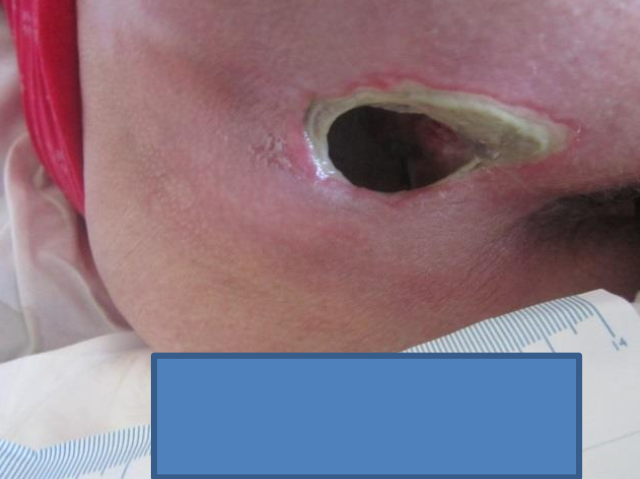
Results
“Comfortable and finally allowed me to have a good night’s sleep”
By day 90, the patient’s wound was recorded to be less than half the size that it was prior to the trial. The vast improvement of the wound is evident in the image below.
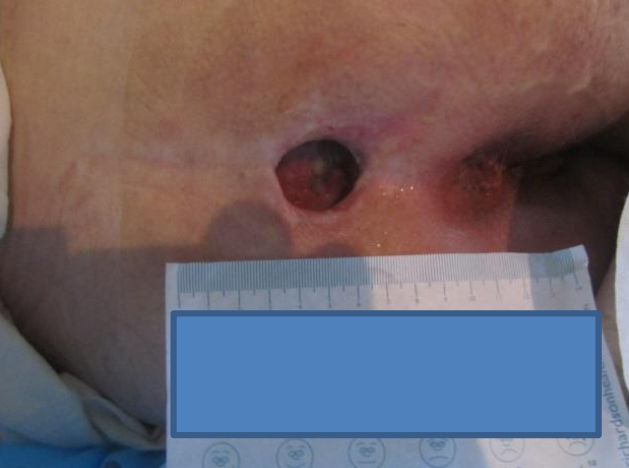
The Clinician associated with the study commented that “Considering the patient is complex and has multiple co-morbidities, with relevant wound care products and use of the new mattress, the wound has progressed well”.
The mattress contributed to the overall effect of the patient’s condition aiding the previous sleep deprivation. After being asked to provide feedback on her experience, the patient commented “my previous mattress caused me to feel exhausted in the morning. Although this one did hiss a little in the beginning, it was explained by the nurse to me that I was getting better on the new one. After a while I didn’t notice the noise”.
The patient was satisfied with the exceptional results of the mattress, stating “The new mattress was very comfortable and finally allowed me to have a good night’s sleep.”
What are the main pros of investing in Dynamic Mattress Replacement Systems for your Care Home?
Dynamic Mattress Replacement Systems are a pro-active and cost-efficient solution. As both of our case studies document, Dynamic Mattress Replacement Systems can rapidly speed up the recovery of patients’ pressure wounds and ulcers. The cost required to treat severe pressure wounds can be extravagant, so preventing the wounds from worsening can ultimately save your care home a large sum of money as a result.
As is shown in the results of the case studies, Dynamic Mattress Replacement Systems are designed to provide maximum comfort and user satisfaction. The pumps included in the mattresses are also designed to be as quiet and discreet as possible. This means your patients will be guaranteed a good night’s sleep as well as fast and efficient pressure care.
DISCOVER OUR PRESSURE RELIEF PRODUCTS…
At Countrywide Healthcare we do stock a vast amount of pressure relief products. Click here to browse through our extensive range of pressure relief products!